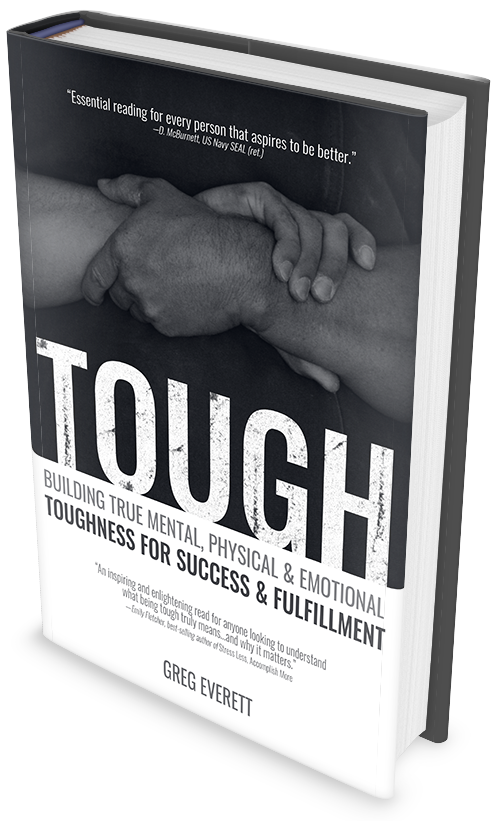Knowing you have the ability to decide your own character isn’t the same as knowing who you are. Determining who you are is an ongoing process of discovery, decision and action—a loop of discovering who you are, deciding who you want to be, and acting in alignment. The original order is inconsequential. If we first determine who we are now, we then decide who we want to be and make changes accordingly; if we decide who we want to be, we then determine who we are presently to ascertain what needs to change. What matters is that we understand it goes far beyond making a single decision or evaluation—and that any decision requires subsequent action to be meaningful.
We decide exactly who we are, but attendant to that ability is the responsibility of enforcing that identity. It’s not a magical process in which we decide who we are and instantly our mindset, words and behavior perfectly reflect that character. Choosing an identity is academic; being someone is practical, and it’s not necessarily an easy task that will be undertaken without mistakes and failure. Our identity is simply the guide to help us steer our thoughts and behavior in the direction we’ve chosen.
Identity is described by ideas, but defined by actions. I’m a good person who helps others is an idea about who you are, and as nice as it sounds, it’s largely without meaning or value in and of itself. Volunteering for an organization that provides afterschool sports programs for kids without the resources to otherwise have access to them is an action that brings that idea to life—it’s what actually makes you a good person. Believing I’m a composed, rational person is meaningless if you blow up and scream like a petulant child any time you find another car too close to one of the lines of the parking space you want to occupy. In the long term, an idea of identity without behavior that consistently and reliably supports it is little more than self-deception.
The solitary value and meaning of that idea is as a landmark to help us navigate through the process of reshaping our behavior. In some cases, that landmark may be very distant and require an extraordinarily trying journey in which we occasionally lose sight of it behind the natural obstacles along the trail, but in all cases, each step in its direction not followed by another back is a significant accomplishment. Without an attempt to progress toward our intentions, that landmark is without purpose.
Every day we have numerous opportunities to choose who we are, and to manifest that identity by supporting the decision with our words, behavior and mindset. We have the same number of opportunities to deceive ourselves by failing to align our actions with our purported identity. In truth, there are far too many of these opportunities to make conscious decisions practical or even possible at every step—we resolve this problem through conscientious habit building to eliminate unnecessary cognitive load without compromising our intentions. The goal is to establish over time the routine of being who we are—to make the words, mindset and behaviors of our chosen identity increasingly natural rather than consciously chosen each time. This, ultimately, is transitioning from acting like who we want to be, to becoming who we are.

